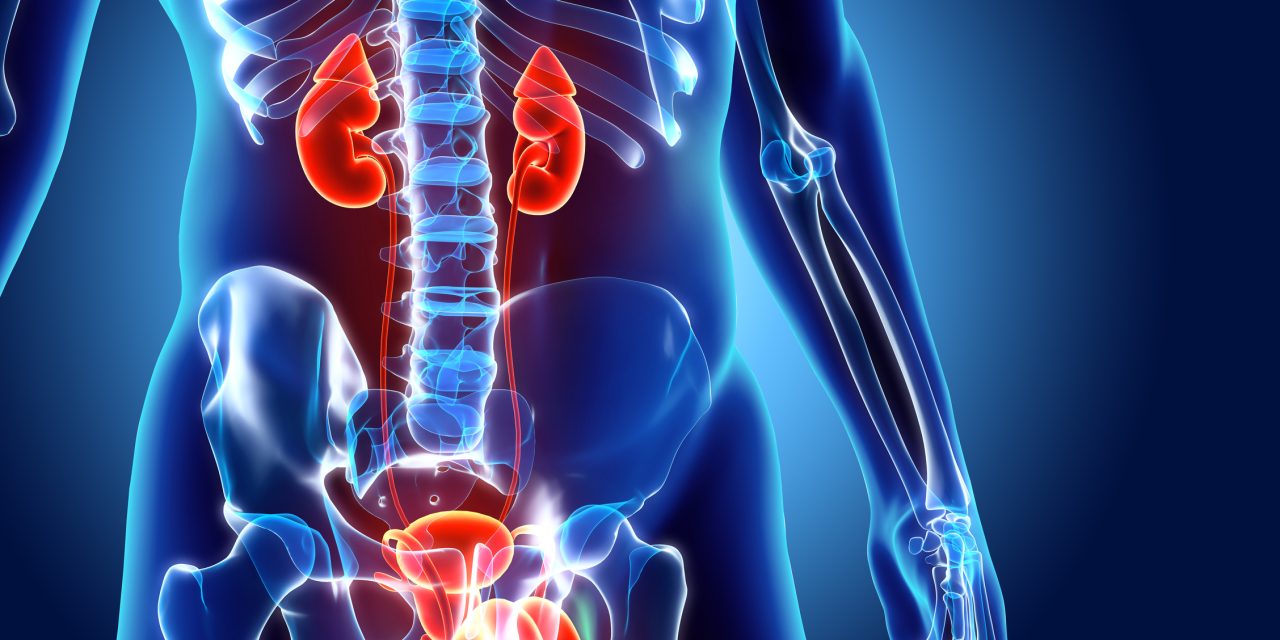Equiseti herba has been traditionally indicated in bacterial diseases of the efferent urinary tract or bad healing wounds in many regions worldwide. Most of the plant material used for medical purposes comes from collections of wild growing plants. The European Pharmacopoeia requires that Equiseti herba should consist of a minimum of 95% and a maximum of 5% foreign ingredients. This includes , which is known for its potentially toxic alkaloid palustrine. However, both species are quite common, look morphologically very similar, and share similar habitats, hence, are therefore often confused. Recently, several structurally related alkaloids have been identified in but not in . We have established a hydrophilic interaction liquid chromatography HPLC-ESI-MS/MS method for the detection of these -specific alkaloids in order to quantify the contamination of Equiseti herba () by plant material. In a second, independent approach, the results of the HPLC-MS/MS analysis were confirmed by scanning electron microscopy, looking for the species-specific characteristics of the stoma apparatus of . Thirty-four Equiseti herba products obtained from different pharmacies, drug stores, supermarkets, and web stores were analyzed. The majority of the products (26 out of 34) were alkaloid positive, with contents ranging from 0.29 - 21.7 mg of alkaloids/kg (d. w.). In addition, the transfer of alkaloids into tea infusions was investigated, demonstrating a 42 to 60% transfer rate for cold and hot water extraction of alkaloid-contaminated Equiseti herba, respectively.Thieme. All rights reserved.
Biomarker-Based Determination of Equiseti herba Contamination by Equisetum palustre Using HPLC-MS/MS.


